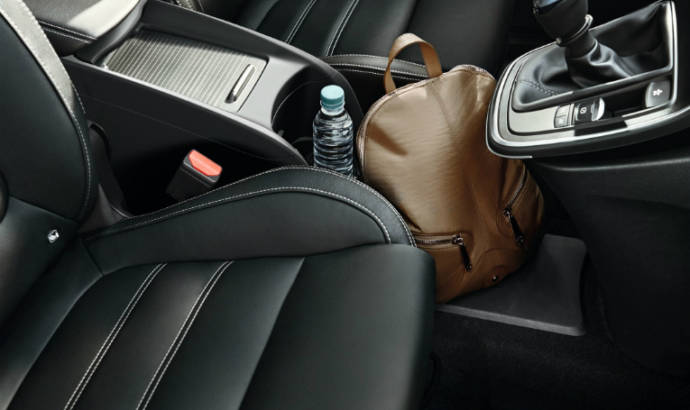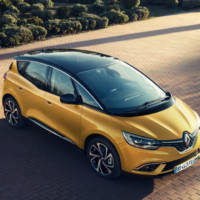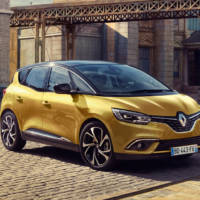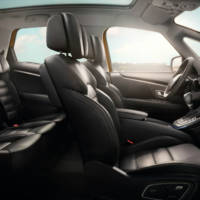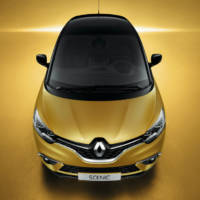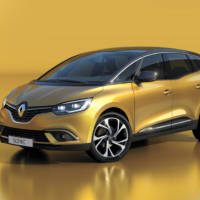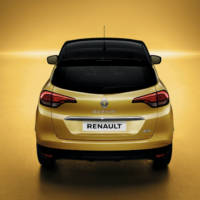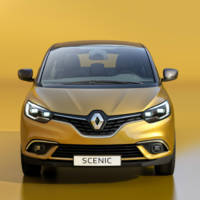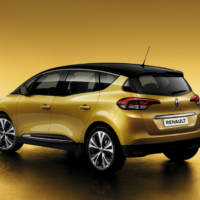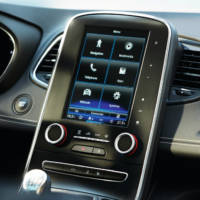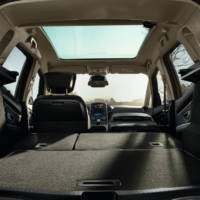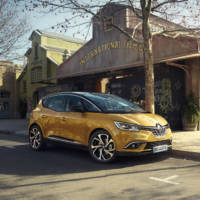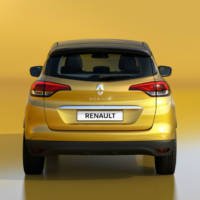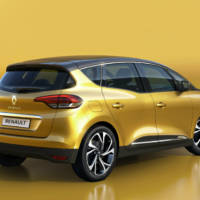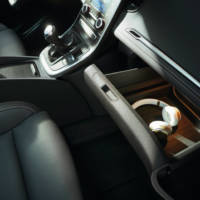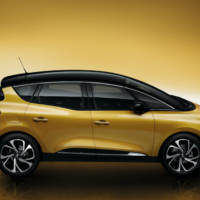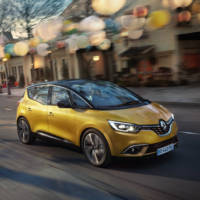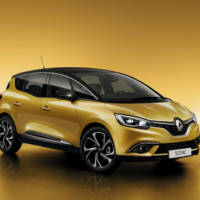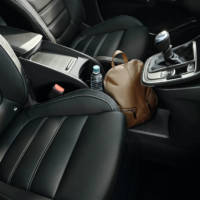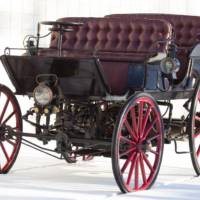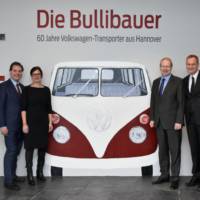During this year Geneva Motor Show, Renault unveiled the fourth generation Scenic, the popular MPV that redefined the segment. Now, when the SUV`s are taking over, Renault thought of a unique design recipe: the fitment of 20-inch wheels across the range and a head-turning two-tone colour scheme that is unprecedented in the segment.
Like those of the R-Space concept car, the new SCENIC’s steeply-raked windscreen and short bonnet heighten the elegance of its MPV silhouette. At the same time, the three-part screen – a first for the Scenic and a feature carried over from the new Espace – combines a panoramic view with improved side vision.
A key feature of the new Scenic’s cabin is the continuity of the dashboard’s lines across the door panels. The optional large fixed panoramic glass roof does not necessitate the fitment of a central brace, thereby making a brighter cabin. Meanwhile, the sliding centre console located between the front seats enables the driver to customise the cabin layout at will.
The front seats copy the structure of those seen inside the new Espace (including dual-density foam). Meanwhile, the massaging, heated seats of the model’s higher-end versions benefit from eight-way electric adjustment. Electric lumbar support is also available for high-end versions.
The boot of the new Scenic boasts a volume of 572 litres. This puts the new Scenic’s boot inside the top three in the compact MPV segment for volume. In the back, the new SCENIC is equipped with smart Easy Life folding tables, ideal for family use on longer journeys.
The new Scenic is the only compact MPV to offer AEBS (Active Emergency Braking System) with Pedestrian Detection fitted as standard. This driving aid provides active emergency braking when a pedestrian is detected in the vehicle’s path. This function works across a speed range of 7 to 60 kph.
Before the end of 2016, the new Scenic will be available with the Hybrid Assist electric option for its Energy dCi 110 diesel engine, mated to a six-speed manual gearbox. Hybrid Assist functions with a 48-volt battery, enabling the electric motor to support the internal combustion engine, which remains in continuous operation.

